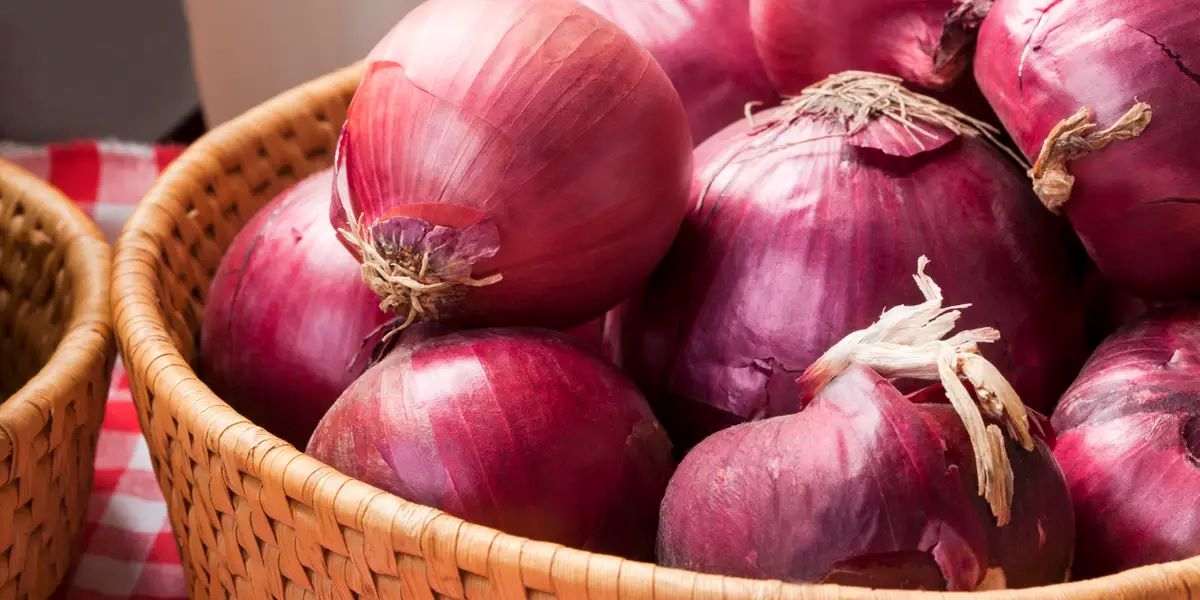

Articles
How To Store A Red Onion
Modified: August 30, 2024
Learn the best techniques for storing a red onion to keep it fresh and flavorful. Read our informative articles to find out how to store a red onion properly.
(Many of the links in this article redirect to a specific reviewed product. Your purchase of these products through affiliate links helps to generate commission for Storables.com, at no extra cost. Learn more)
Introduction
Red onions are a versatile and flavorful ingredient commonly used in various cuisines around the world. Whether you’re a professional chef or an avid home cook, knowing how to properly store red onions can help prolong their freshness and ensure you always have them on hand for your favorite recipes.
Proper storage not only extends the shelf life of red onions but also helps maintain their taste and texture. By following the right techniques, you can prevent your red onions from sprouting or rotting too quickly, allowing you to enjoy their savory flavor for weeks or even months.
In this article, we will guide you through the step-by-step process of storing red onions to optimize their freshness and preserve their quality. From choosing the right red onions to exploring the best storage options, we’ve got you covered.
So, let’s dive in and learn how to store a red onion the right way!
Key Takeaways:
- Choose firm, vibrant red onions and store them in a cool, dark place with low humidity to maintain their freshness and flavor for weeks. Regularly check for spoilage and separate sprouting onions to prolong their shelf life.
- Optimize red onion storage by using breathable containers, keeping them dry, and avoiding heat sources. Consider freezing surplus onions and use the oldest ones first to minimize waste and enjoy their savory taste.
Read more: How To Store Chopped Red Onion
Choosing a Red Onion
When it comes to selecting red onions for storage, it’s essential to choose the right ones to ensure maximum freshness and flavor. Here are some factors to consider:
- Size: Look for red onions that are medium to large in size. They should feel firm and heavy for their size. Avoid onions that are soft or have shriveled skin, as they may be starting to spoil.
- Appearance: Opt for red onions with a deep, vibrant color and a shiny outer skin. Avoid ones that have bruises, blemishes, or signs of mold.
- Firmness: Gently squeeze the onion to check for firmness. It should be firm and not give in to pressure. Avoid onions that feel soft or mushy as they may be overripe.
- Smell: The red onion should have a mild, slightly sweet aroma. If it smells pungent or has a sour odor, it may be starting to spoil.
By choosing high-quality red onions, you set the foundation for successful storage and long-lasting freshness. Remember to handle them with care to avoid any bruising or damage during the selection process.
Preparing a Red Onion for Storage
Before you store a red onion, it’s important to prepare it properly. By taking a few simple steps, you can ensure that your onion stays fresh and maintains its flavor throughout its storage period.
- Trimming: Start by trimming the roots and the stem of the red onion. Use a sharp knife to cut off the ends, leaving about half an inch of the root intact. This helps prevent moisture loss and the entry of bacteria.
- Removing Outer Layers: Peel off the papery outer layers of the onion until you reach the clean, smooth skin underneath. Discard any layers that show signs of damage or mold.
- Drying: After peeling, it’s important to dry the onion before storing it. Excess moisture can lead to premature spoilage. You can air-dry the onion by leaving it on a clean, dry surface for a few hours or use paper towels to gently pat it dry.
- Separating Bulbs: If you have purchased a bunch of red onions, it’s essential to separate the bulbs before storage. This prevents any potential spoilage from spreading among the onions.
By following these preparation steps, you create an optimal environment for your red onions to stay fresh and maintain their quality throughout their storage period.
Proper Storage Conditions
To ensure the longevity and freshness of your red onions, it’s crucial to store them under the right conditions. Here are the key factors to consider:
- Temperature: Red onions prefer cool temperatures between 32°F (0°C) and 40°F (4°C). Avoid storing them in warm or humid environments, as it can accelerate spoilage.
- Humidity: Red onions thrive in dry conditions. Excess moisture can lead to mold or rot. Therefore, it’s important to choose a storage area with low humidity.
- Airflow: Proper airflow is vital to prevent the build-up of moisture and to promote onion freshness. Ensure that there is sufficient ventilation in the storage area.
- Light: Red onions are sensitive to light and can start to sprout if exposed to sunlight. Store them in a cool, dark place away from direct sunlight.
An ideal storage spot for red onions can be a pantry or a cool basement where the temperature and humidity levels are relatively stable. Avoid storing them near strong-smelling foods as onions can absorb odors easily.
It’s also important to check on your stored red onions regularly. Discard any onions that show signs of spoilage, such as mold, soft spots, or a foul odor, to prevent them from affecting the rest of the batch.
By providing the right storage conditions, you can extend the shelf life of your red onions and keep them fresh for an extended period.
Storing a Whole Red Onion
If you have a whole red onion that you want to store for later use, follow these steps to ensure its longevity:
- Choose an appropriate container: Select a breathable container such as a mesh bag, a paper bag, or a well-ventilated basket. Avoid using plastic bags or containers that can trap moisture and promote spoilage.
- Place the onion in the container: Put the whole red onion in the chosen container, making sure there is enough space for air circulation. Avoid overcrowding, as it can lead to increased moisture and potential spoilage.
- Store in a cool, dark place: Find a cool and dark area in your pantry or basement to store the container. Make sure the temperature is within the recommended range of 32°F (0°C) to 40°F (4°C).
- Regularly check for spoilage: Check the stored red onion regularly for any signs of spoilage, such as mold, soft spots, or a foul odor. Remove any spoiled onions promptly to prevent contamination.
By following these steps, you can store a whole red onion and maintain its freshness for several weeks or even months, depending on its initial quality and storage conditions.
Remember to separate any sprouting or spoiled onions from the rest, as they can quickly affect the quality of the others. With proper storage, your whole red onions can be kept fresh and ready to use whenever you need them.
Store a red onion in a cool, dry, and well-ventilated place, away from direct sunlight. Avoid storing it in the refrigerator, as the moisture can cause it to spoil faster.
Read more: How To Store Red Onions After Cutting
Storing Cut Red Onion
When you have leftover cut red onions, it’s important to store them properly to maintain their flavor and freshness. Follow these steps to store cut red onions:
- Wrap tightly: Place the cut red onions in an airtight container or wrap them tightly in plastic wrap. This helps prevent moisture loss and exposure to air, which can result in rapid spoilage.
- Label and date: If you have multiple containers of cut red onions, label them with the date to keep track of their freshness. This practice helps you easily identify the oldest onions for use first.
- Refrigerate promptly: Once the cut red onions are properly wrapped, place them in the refrigerator as soon as possible. The cool temperature slows down bacterial growth and helps maintain the quality of the onions.
- Use within a few days: Cut red onions are best used within a few days of refrigeration. While they can stay edible for a longer period, their flavor and texture may deteriorate over time.
- Check for freshness before use: Before using the stored cut red onions, inspect them for any signs of spoilage, such as a slimy texture, unusual odor, or discoloration. Discard any onions that show these signs.
By following these steps, you can store cut red onions for a short period while maintaining their flavor and quality. Keep in mind that the sooner you use them, the better they will taste in your recipes.
If you anticipate having a large amount of red onions to store, it may be more practical to cut and store them as needed to maintain optimal freshness.
Best Containers for Storing Red Onions
Choosing the right containers for storing red onions is crucial to maintain their freshness and prevent spoilage. Here are some of the best container options:
- Mesh bags: Mesh bags are an excellent choice for storing red onions as they allow for proper airflow, preventing moisture buildup. They are also convenient for hanging in a cool, dark place.
- Paper bags: If you don’t have a mesh bag, paper bags can work well too. They provide a breathable environment for the onions and help absorb excess moisture.
- Baskets with good ventilation: Opt for baskets with holes or openings that allow air to circulate. This helps prevent moisture buildup and keeps the onions fresh.
- Perforated plastic bags: If you prefer using plastic bags, choose ones with perforations or holes to promote air circulation. However, keep in mind that plastic may retain more moisture compared to other options.
- Glass jars or containers: If you have smaller red onions or cut onions, glass jars or airtight containers can be a good choice. Make sure to seal the lids tightly to prevent air entry.
When selecting containers, prioritize breathable options that allow for proper airflow. This helps prevent moisture retention, which can cause onions to spoil faster.
Remember to clean and dry the containers thoroughly before using them to store onions. Any residual moisture or contaminants can lead to premature spoilage.
Choose the containers based on the quantity of onions you plan to store and the available storage space. Ensure that the chosen containers are suitable for the specific storage conditions, such as being resistant to moisture and easy to access.
By selecting the right containers, you can optimize the storage conditions and prolong the freshness of your red onions.
Tips for Extending Red Onion Shelf Life
To make the most out of your red onions and extend their shelf life, consider incorporating the following tips into your storage routine:
- Keep them dry: Moisture is the enemy of red onions. Store them in a dry environment with low humidity to prevent mold and rot. Additionally, make sure to dry the onions thoroughly before storage to remove any excess moisture.
- Avoid storing with certain foods: Red onions are sensitive to some fruits and vegetables that release gases as they ripen, such as apples and potatoes. Separating red onions from these ethylene-producing foods can help prevent premature spoilage.
- Avoid storing near heat sources: Heat can expedite the spoiling process of red onions. Keep them away from direct sunlight, stovetops, ovens, or any other heat sources.
- Check for spoilage regularly: Regularly inspect your stored red onions for any signs of spoilage, such as mold, soft spots, or a foul odor. Remove any affected onions promptly to prevent them from affecting the others.
- Store sprouting onions separately: If any of your red onions start to sprout, separate them from the rest. Sprouting onions can release gases that can speed up the spoilage of other onions. Consider using them first to avoid any potential waste.
- Avoid cutting until ready to use: Whole red onions have a longer shelf life than cut ones. To maximize freshness, avoid cutting the onion until you are ready to use it. Once cut, the onion should be stored using the proper methods for cut onions.
- Consider freezing: If you have a surplus of red onions, consider freezing them for longer-term storage. Chop or slice the onions, place them in a freezer-safe bag, and remove excess air before sealing. Frozen onions can be used directly in cooking without thawing.
- Use the oldest onions first: When using stored red onions, practice the “first in, first out” rule. Utilize the oldest onions first to ensure you consume them before their quality declines.
By following these tips, you can prolong the shelf life of your red onions and reduce food waste. With proper storage and care, you can enjoy the fresh flavor of red onions in your meals for an extended period.
Conclusion
Knowing how to store red onions properly is key to preserving their freshness, flavor, and texture for an extended period. By implementing the right techniques and following the recommended storage conditions, you can ensure that your red onions remain in optimal condition for use in your favorite recipes.
When selecting red onions, choose ones that are firm, have a vibrant color, and free from any signs of damage. Trim and prepare the onions by removing the outer layers and drying them before storage.
Proper storage conditions are crucial for maintaining the quality of red onions. Store them in a cool, dark place with low humidity and good ventilation. Regularly check for any spoilage and remove affected onions promptly.
For whole red onions, opt for breathable containers such as mesh bags or paper bags. Cut red onions should be tightly wrapped in airtight containers or plastic wrap before refrigeration.
Extend the shelf life of red onions by keeping them dry, avoiding heat sources, separating them from ethylene-producing fruits and vegetables, and using sprouting onions first. Consider freezing excess red onions for longer-term storage.
By following these guidelines and implementing proper storage methods, you can preserve the freshness, flavor, and quality of red onions, ensuring that they enhance your culinary creations for weeks to come.
So, next time you bring home a vibrant red onion, remember these tips and techniques to store it properly and enjoy its deliciousness whenever you need it!
Frequently Asked Questions about How To Store A Red Onion
Was this page helpful?
At Storables.com, we guarantee accurate and reliable information. Our content, validated by Expert Board Contributors, is crafted following stringent Editorial Policies. We're committed to providing you with well-researched, expert-backed insights for all your informational needs.
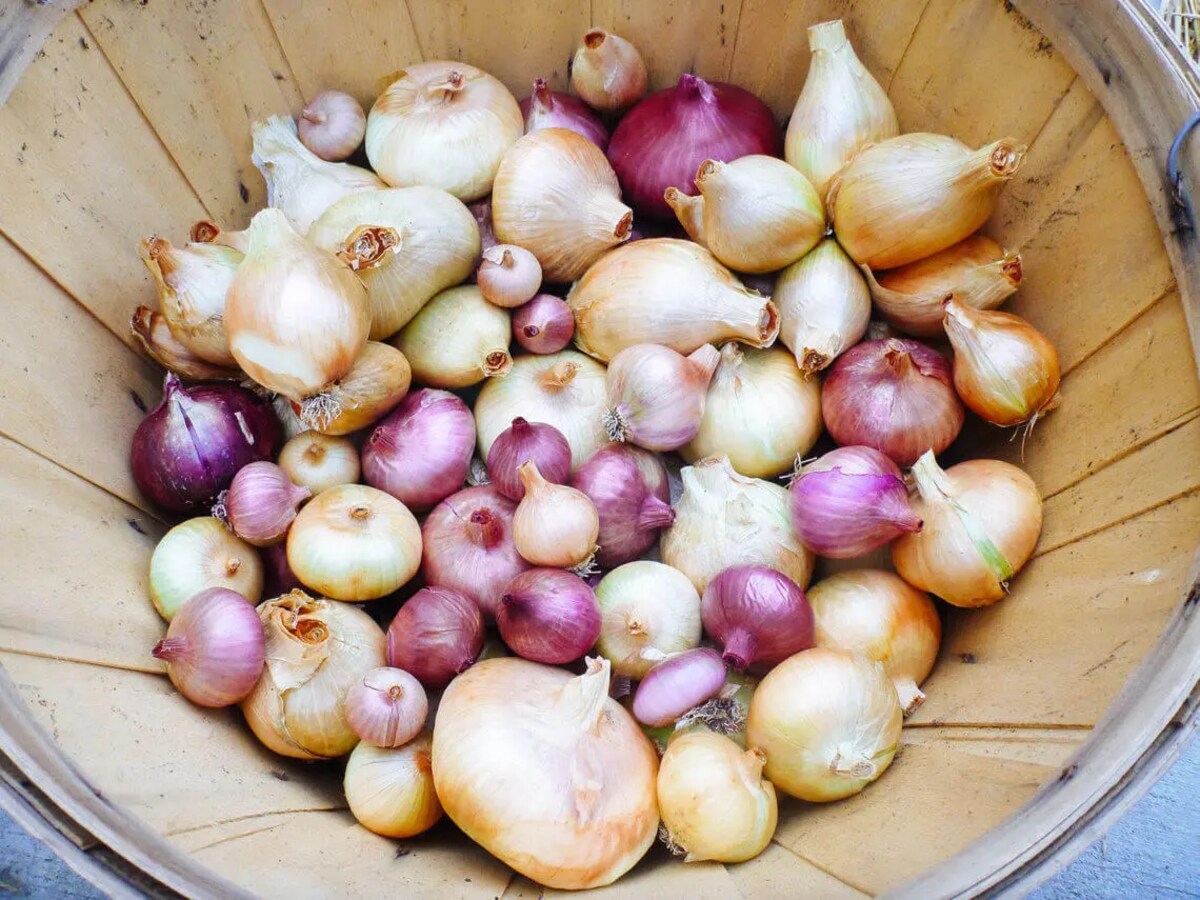
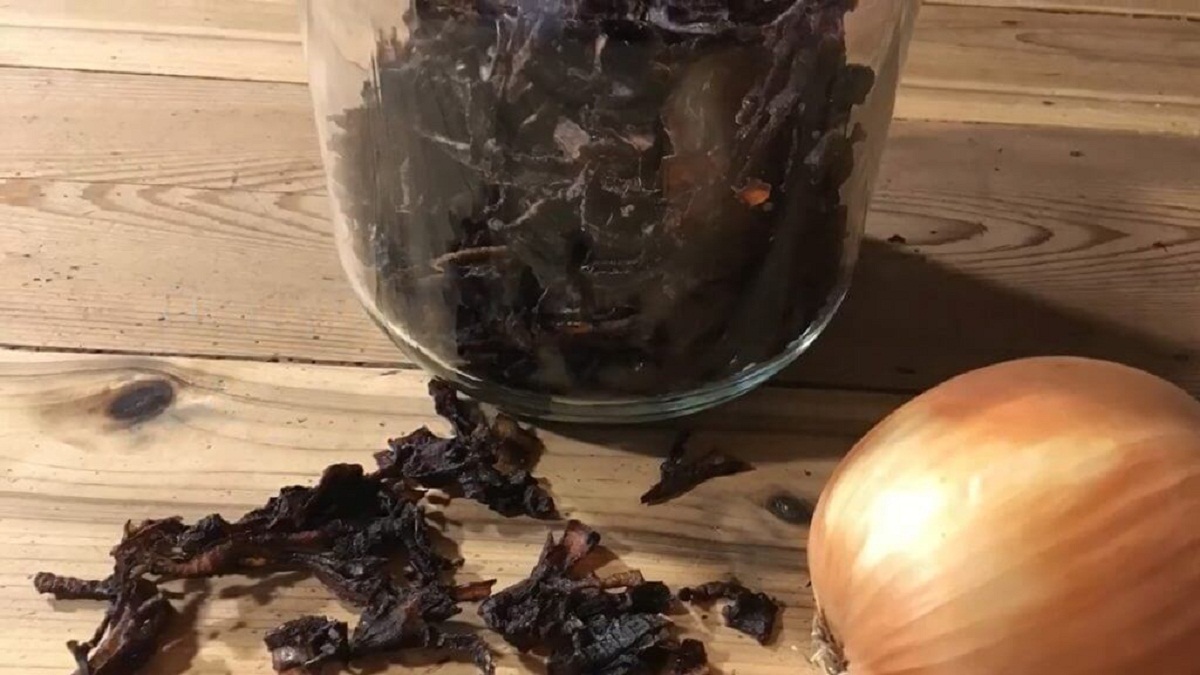
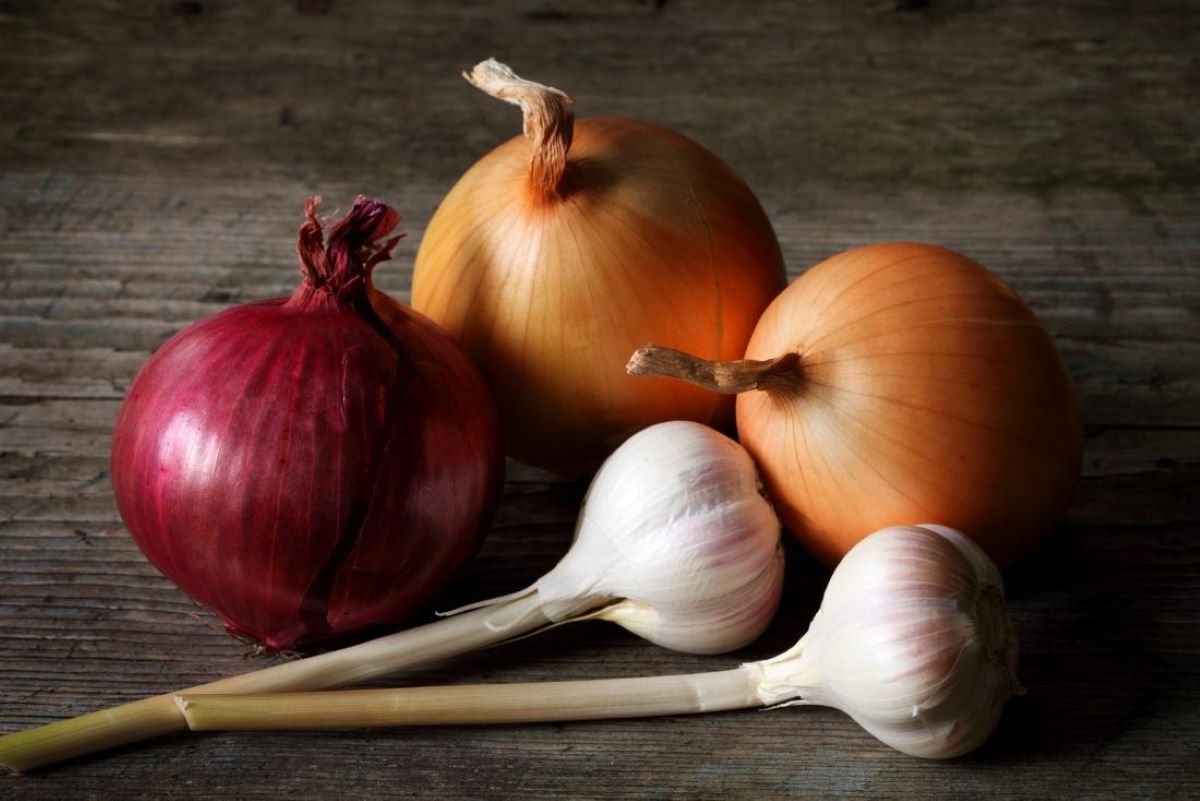
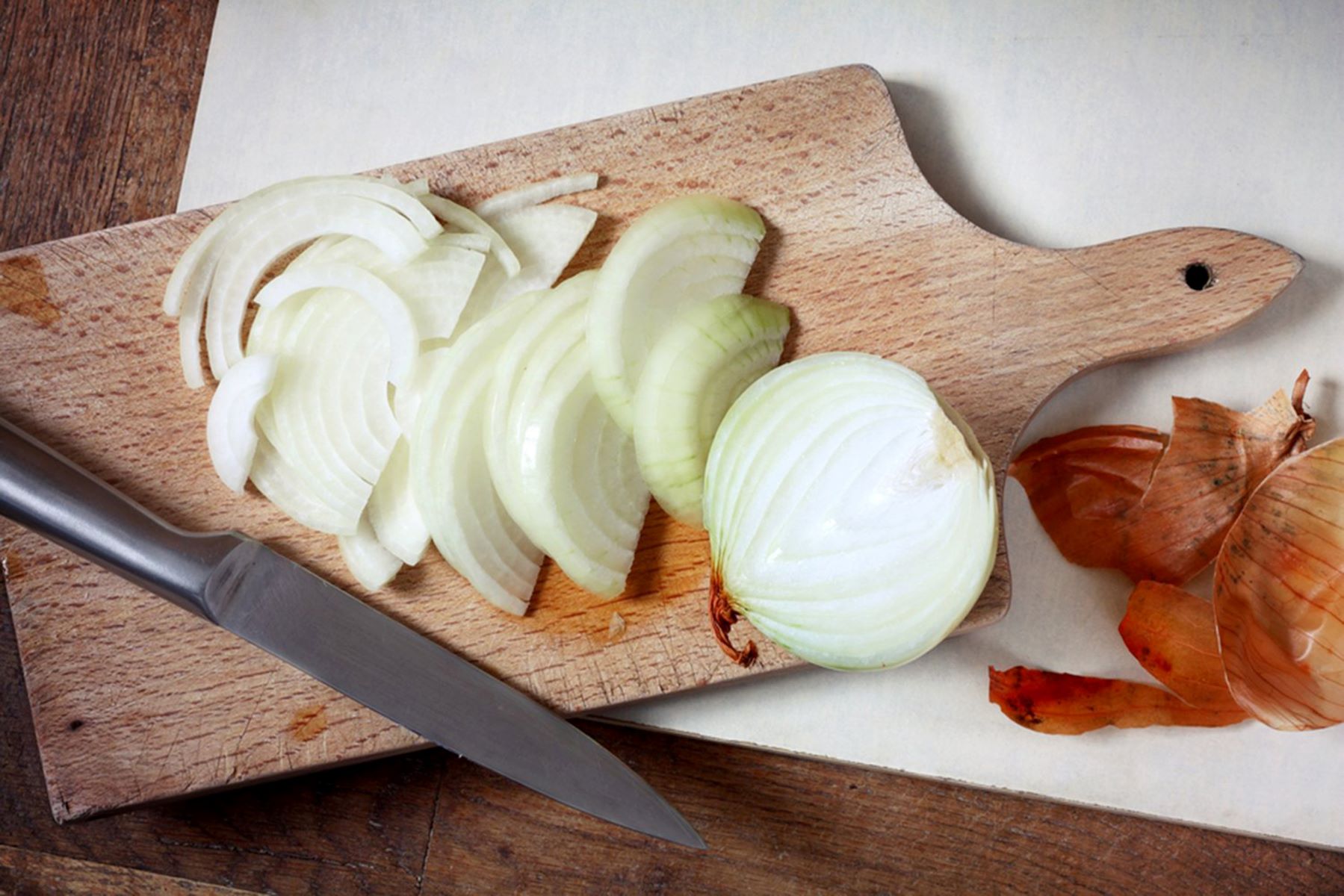
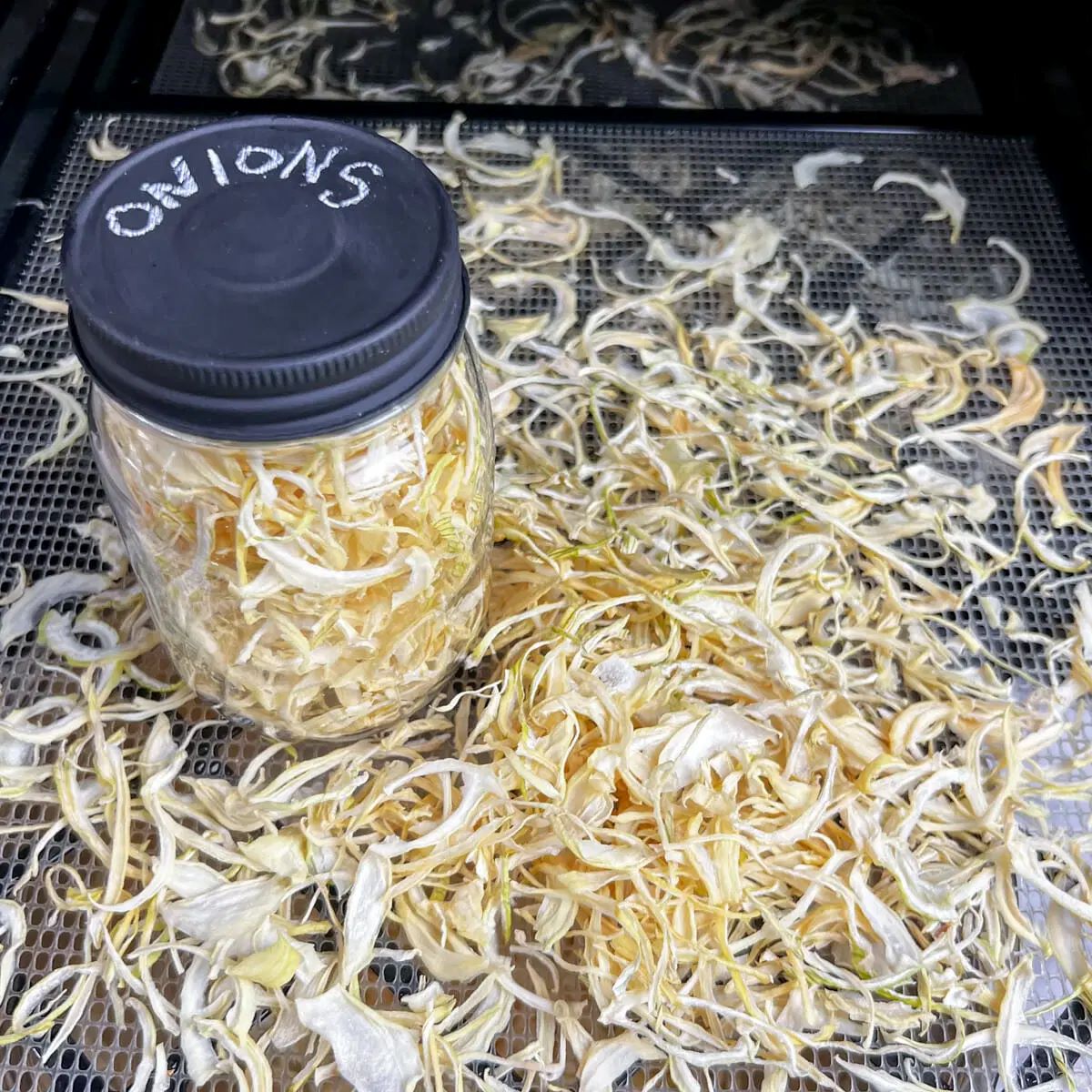

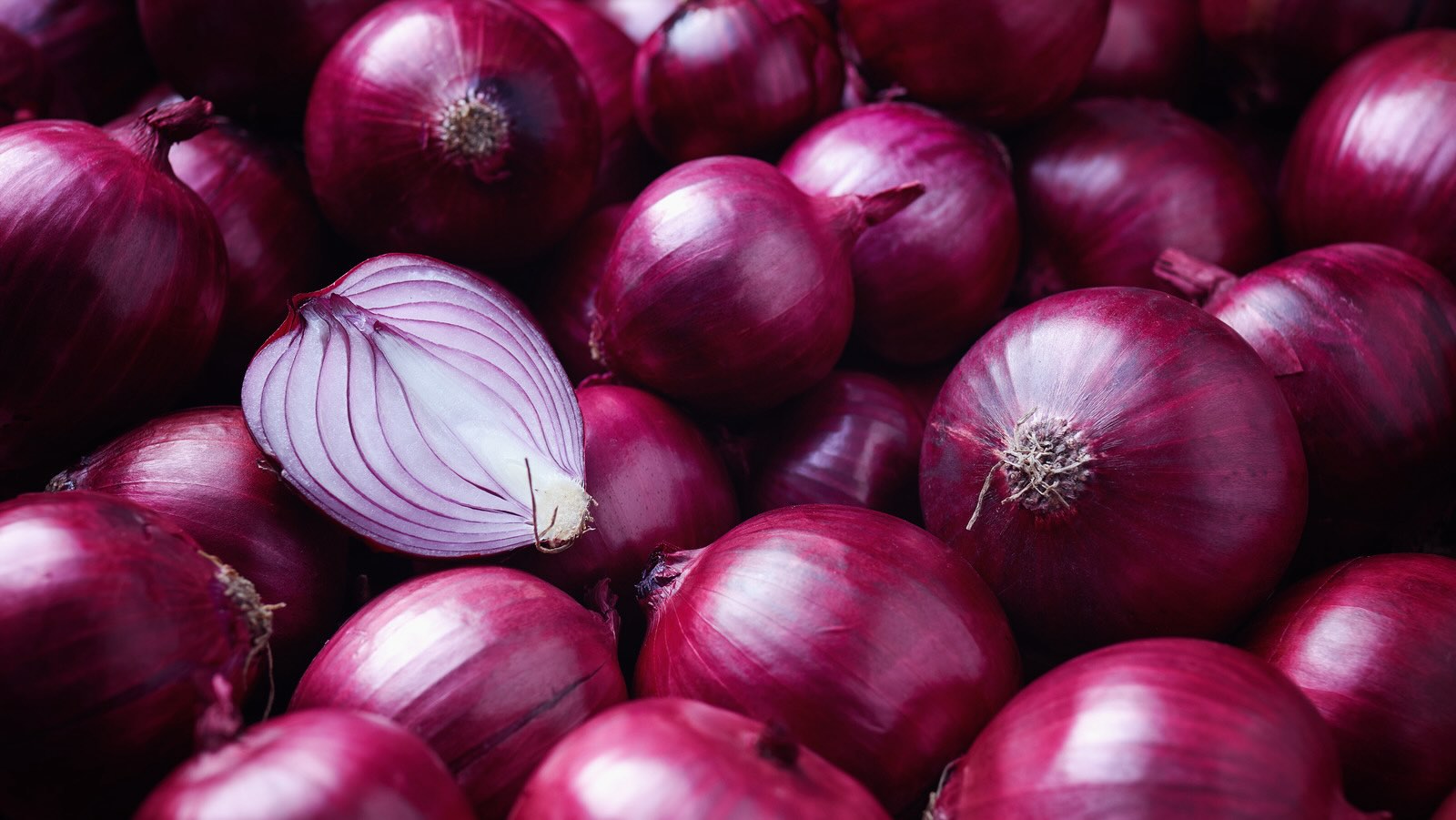
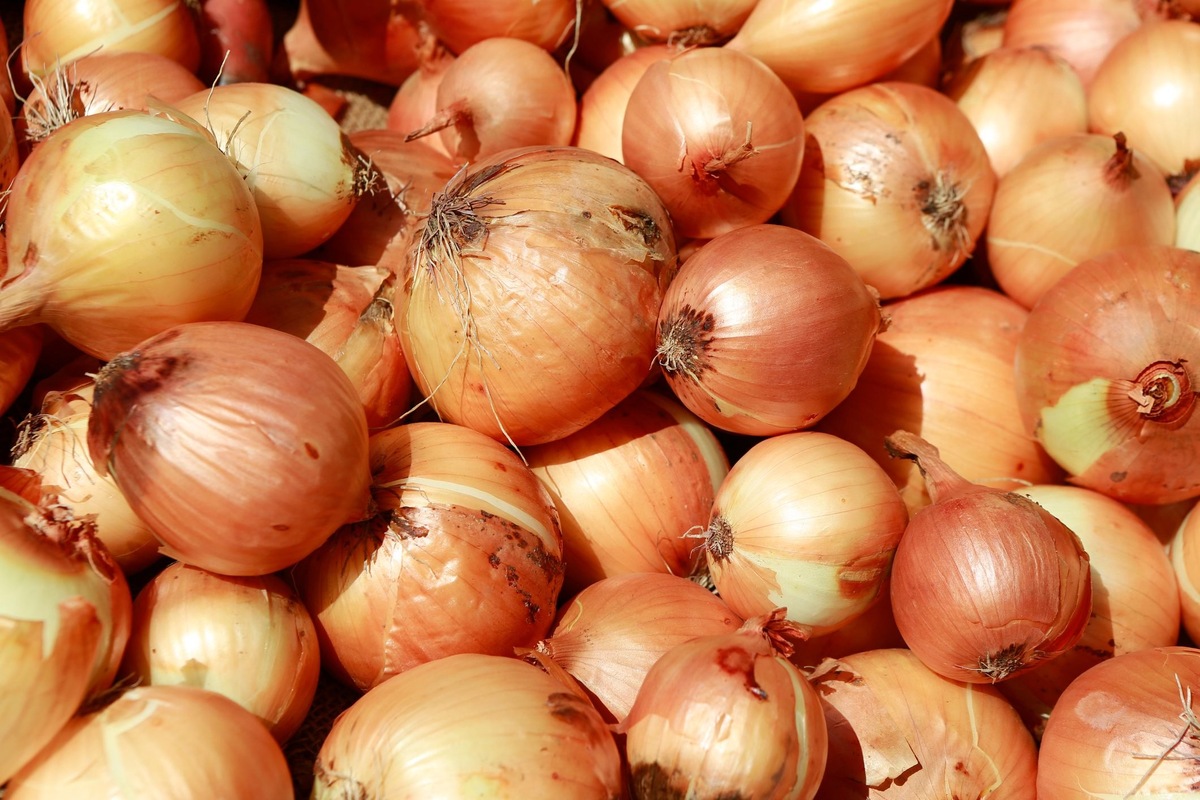
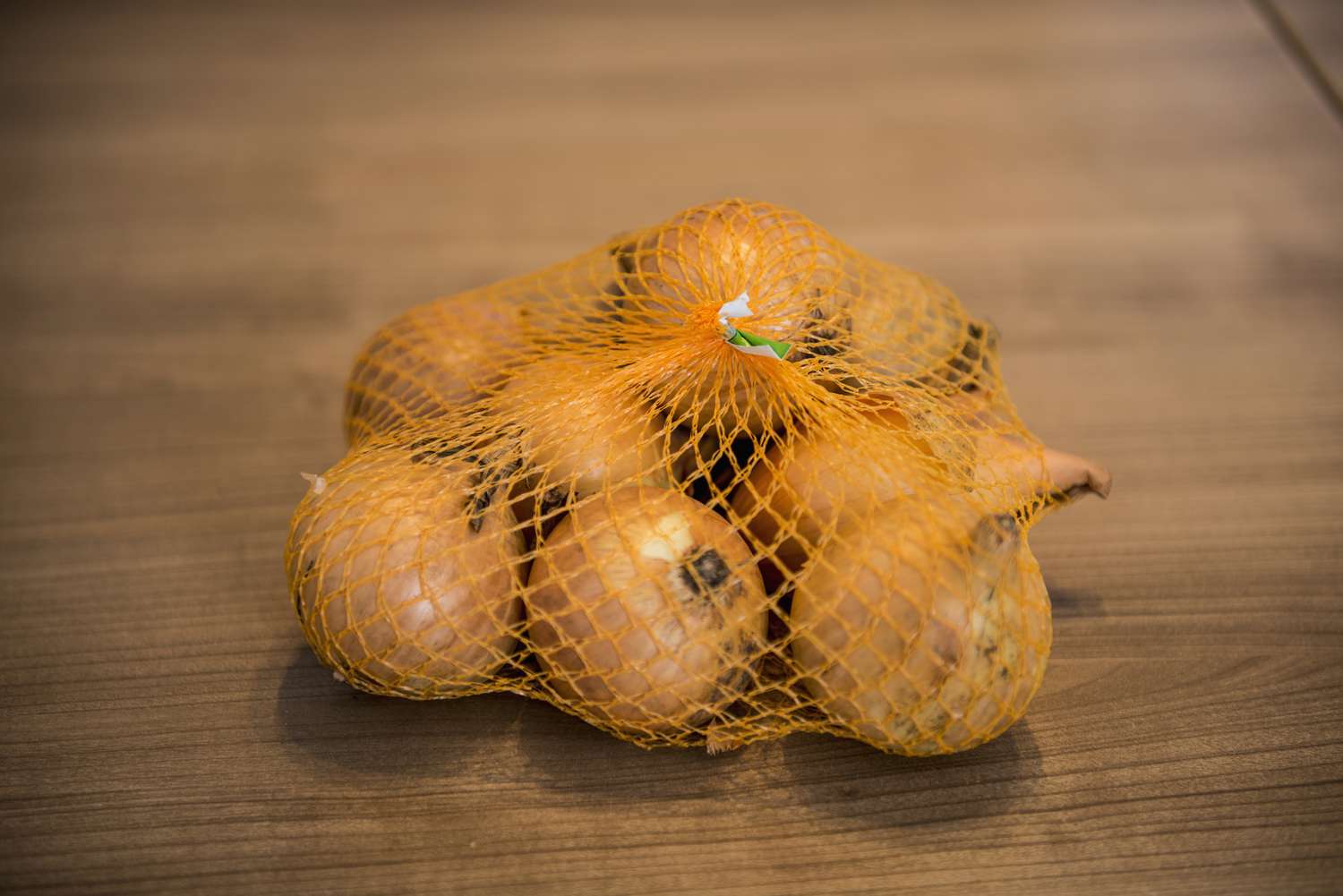
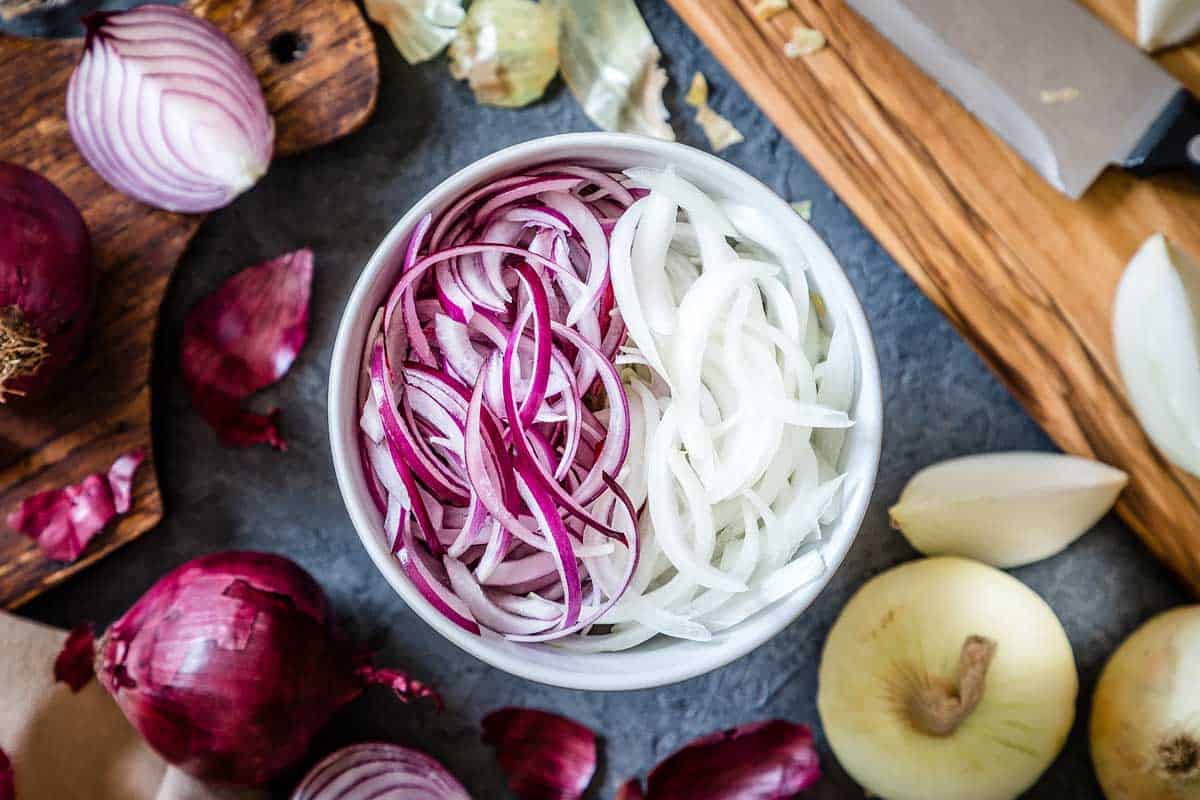
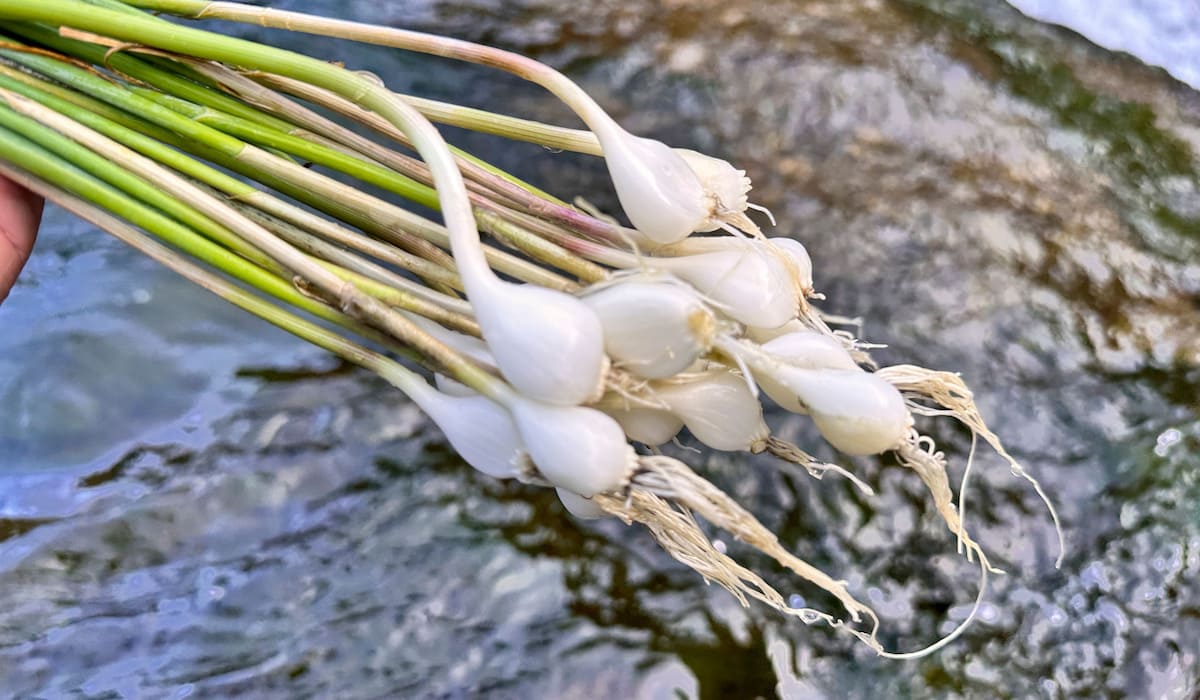
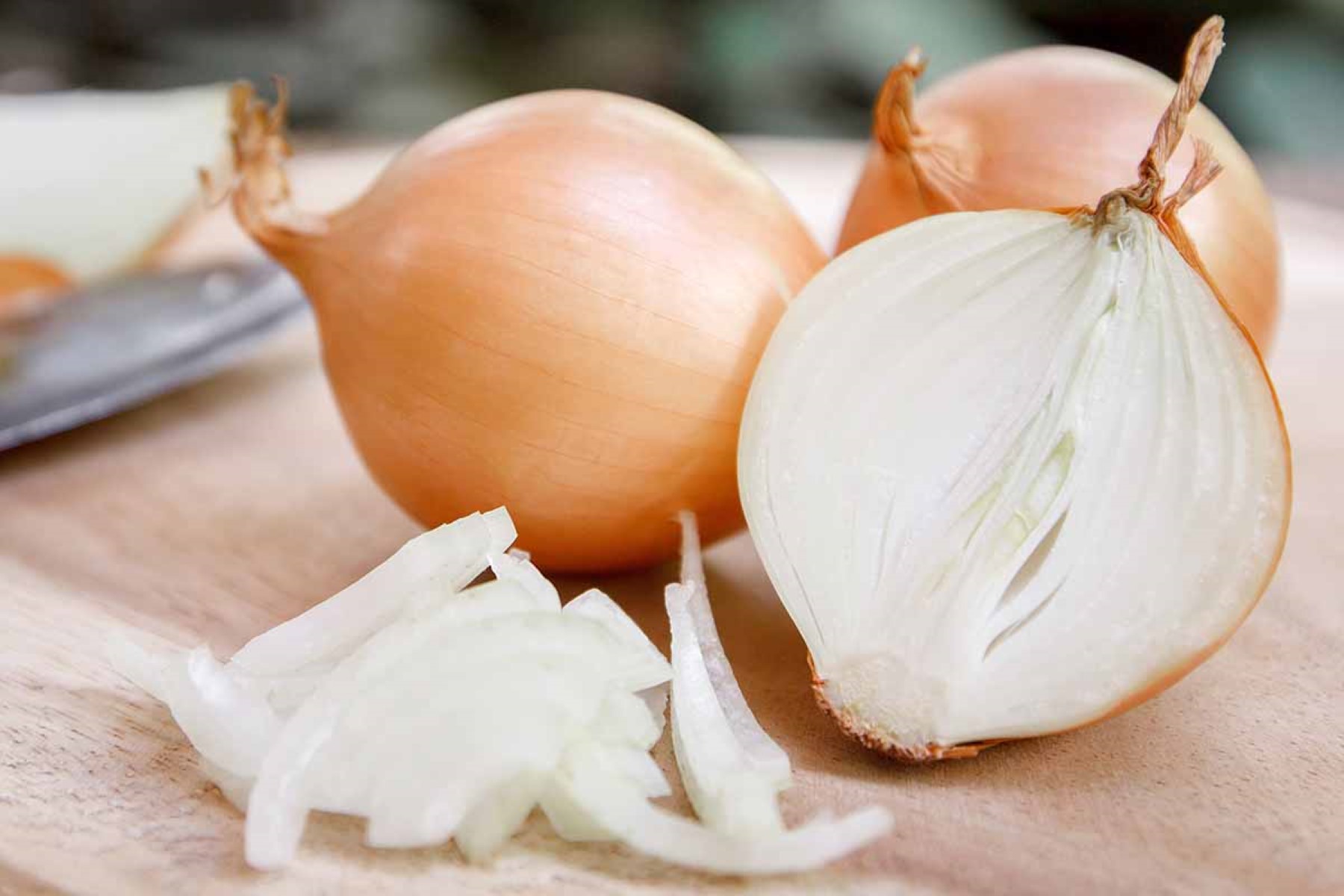
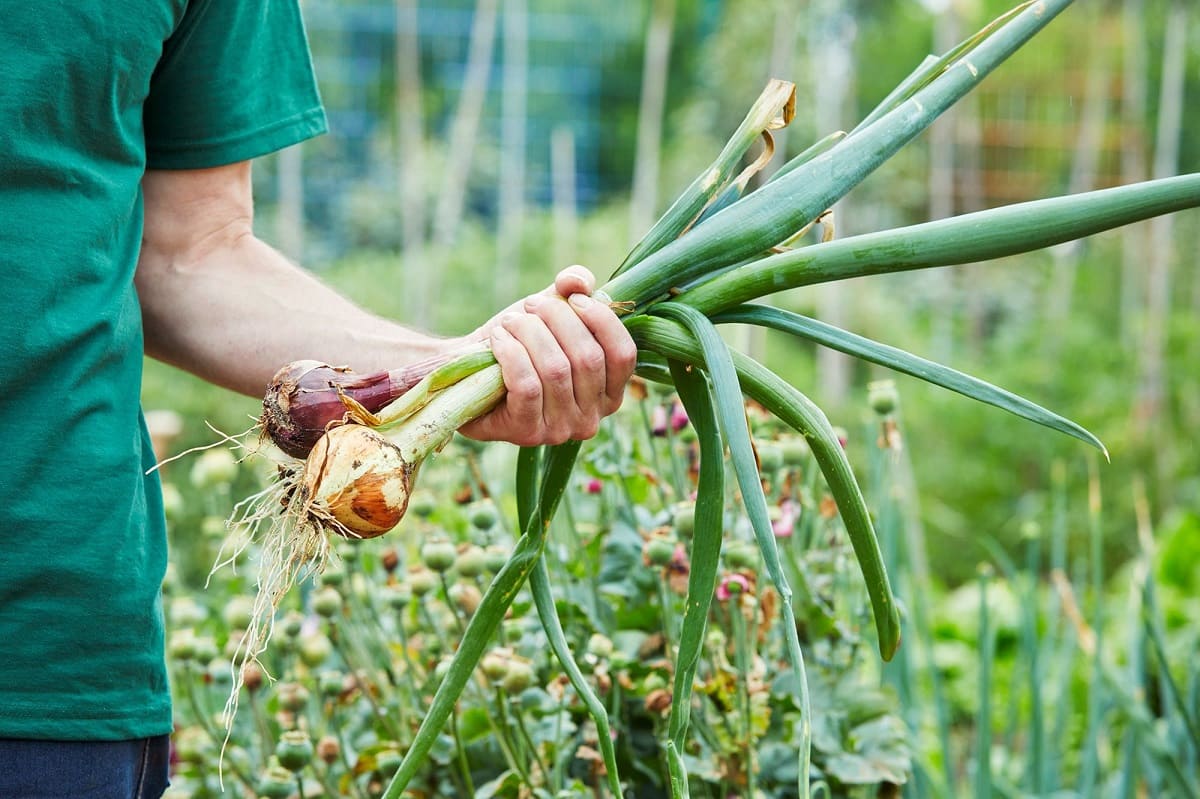
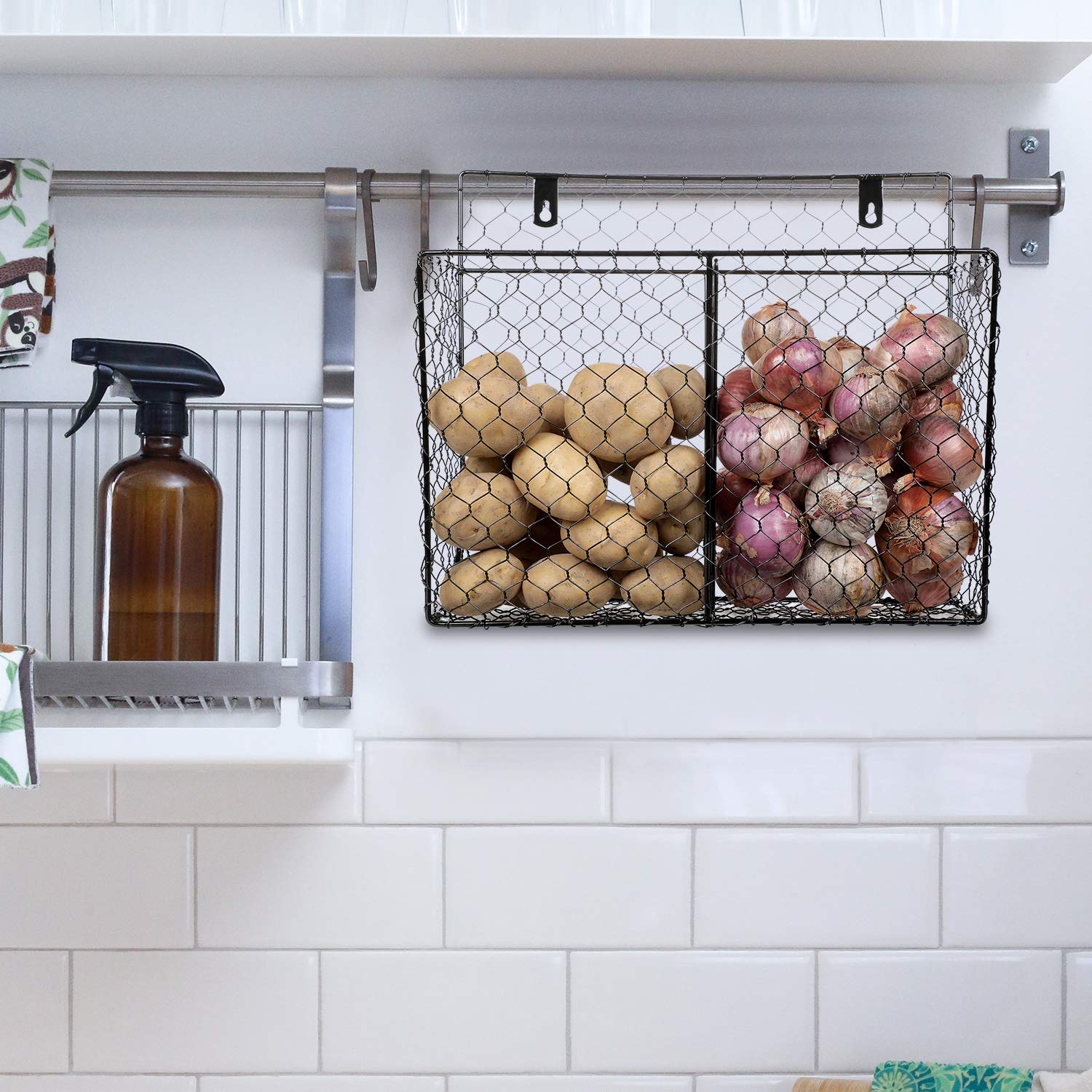

0 thoughts on “How To Store A Red Onion”